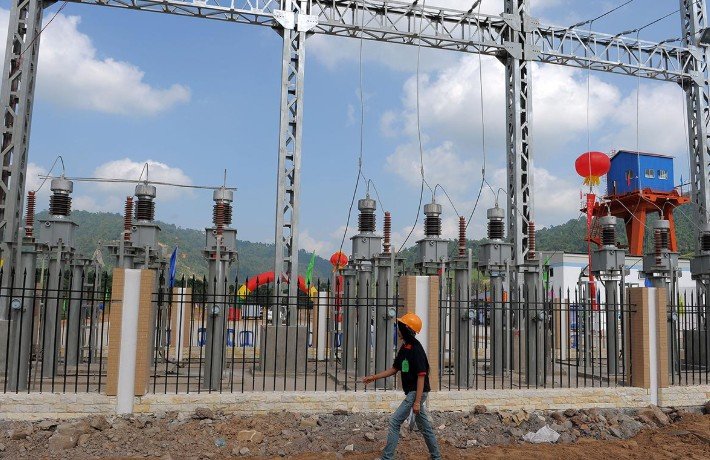Over the past 15 years, Cambodia has made remarkable progress in expanding electricity coverage across the nation. By the end of 2024, more than 14,000 of the Kingdom’s 14,153 villages had access to the national grid, marking a significant milestone in the country’s development. This near-universal electricity access has not only improved the quality of life for millions but also positioned Cambodia as an attractive investment destination.
Electricity Expansion: A National Achievement
During the Ministry of Mines and Energy’s annual review meeting in early February 2025, Yim Piseth, Chairman of the Electricity Authority of Cambodia (EAC), reported that electricity supply had reached 14,048 villages, covering 99.15% of the total population. Ongoing efforts aim to connect another 105 villages (0.74%) to the grid, while only 15 villages (0.11%) remain too remote for grid access due to geographical constraints such as floating communities, flood-prone regions, and isolated islands.

In terms of household electricity access, more than 3.78 million homes, or over 95% of the population, now have reliable electricity. This expansion represents a significant leap from previous years and highlights the government’s commitment to nationwide energy accessibility.
The Role of Energy Policy in Achieving Universal Access
Minister of Mines and Energy Keo Rottanak emphasized that the government’s interim energy policy has played a crucial role in this success. The policy is built on four key principles:
Increasing clean energy, energy efficiency, and energy security – Cambodia has been focusing on diversifying its energy mix, integrating renewable energy sources, and reducing dependency on fossil fuels.
Maintaining affordable electricity prices – The government ensures that electricity costs align with production, transmission, and distribution expenses, making energy accessible to all.
Enhancing stability and quality of electricity supply – Investments in infrastructure and grid reliability have minimized power outages and improved service delivery.
Equitable electricity service provision – Bridging the urban-rural divide by ensuring reliable electricity access across all regions of the country.
Cambodia’s Energy Mix and Future Prospects
As of the end of 2024, Cambodia’s total electricity generation capacity had reached 5,044 megawatts (MW), an increase from 4,649 MW in 2023. The domestic generation accounted for 4,372 MW, with renewable energy sources providing 2,672 MW. Additionally, Cambodia imported 672 MW from neighboring countries such as Thailand, Vietnam, and Laos to supplement its energy needs.
The government’s energy roadmap aims to further expand access to the remaining remote villages within the next two to three years. Projections indicate that the national grid, along with private service providers, will extend coverage to an additional 51 villages, reducing the number of unconnected villages to just 69, or 0.49% of the total.
Impact on Economic Growth and Investment
Reliable and widespread electricity supply has far-reaching implications for Cambodia’s economy. Sam Soknoeun, chairman of the SAM SN Group, highlighted the importance of electricity in attracting investment. According to him, businesses and factories prioritize the availability of stable and affordable power when deciding on locations for investment.
With expanded access to electricity, production costs are expected to decline, making Cambodia a more competitive market for manufacturing and processing industries. The increase in investment will further drive economic growth, create jobs, and enhance Cambodia’s position in international trade.
Conclusion
Cambodia’s near-complete nationwide electricity coverage is a testament to its commitment to infrastructure development and economic progress. With only a few remote areas left to be connected, the country is on track to achieving 100% electricity access in the coming years. This success not only improves the quality of life for millions of Cambodians but also strengthens the nation’s economic resilience and attractiveness to investors. As the country continues to invest in clean and efficient energy, Cambodia’s future as a regional economic powerhouse looks increasingly promising.


